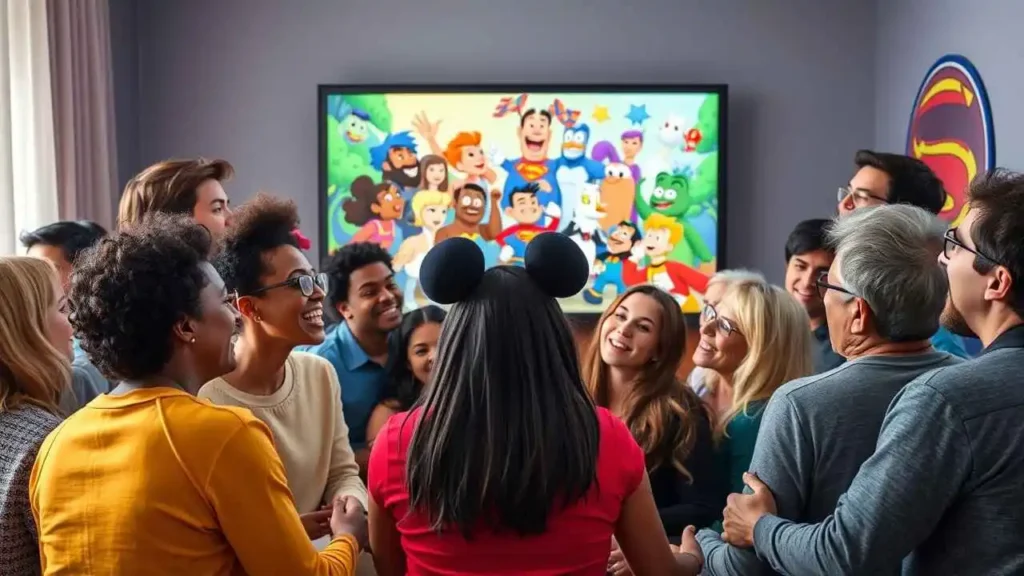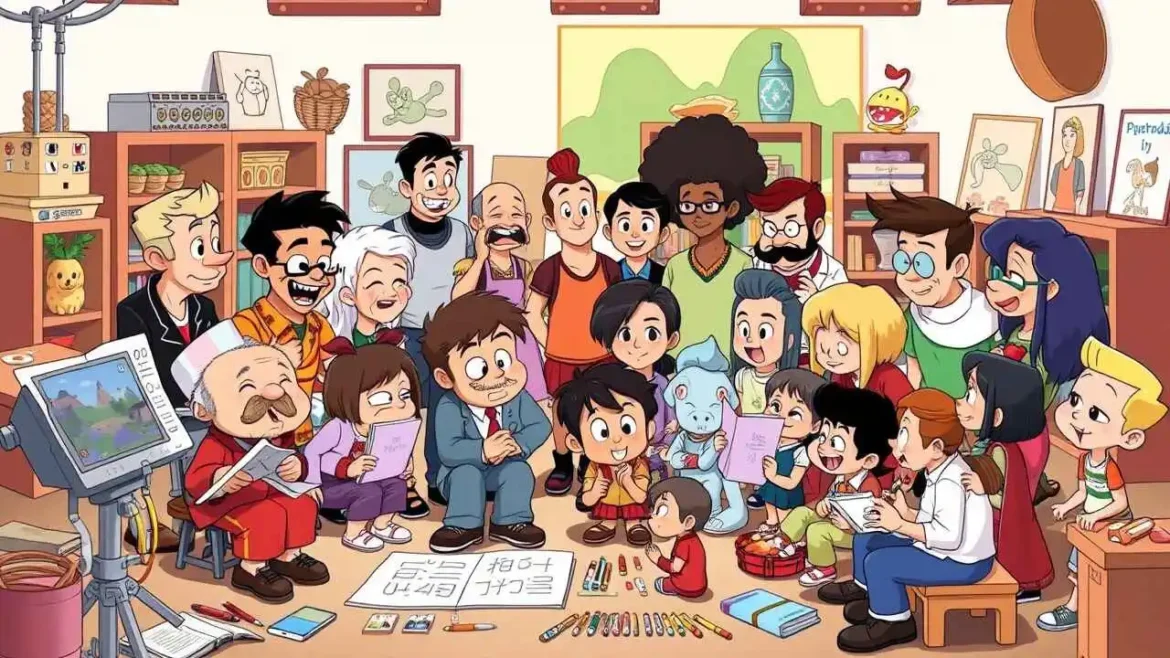
The Magic of Cartoons: Exploring the World Beyond Moving Pictures
From the flickering images of early cinemas to the crisp, vibrant worlds streaming into our homes today, cartoons have been a constant, colorful thread woven through our collective experience. We’ve laughed with them, learned from them, been scared by them, and often, seen reflections of ourselves and our world within their frames. Cartoons are more than just pictures that move; they are a powerful and versatile art form, a medium for storytelling that spans generations and cultures. Join us as we take a journey through this fascinating world – exploring its history, diverse forms, creation, and enduring impact on us all.
At its heart, a cartoon is a form of visual art. The term itself originally referred to a full-size drawing made as a study for a painting, tapestry, or fresco. Later, it evolved to describe humorous illustrations in newspapers and magazines, often satirical or political. Think of the biting caricatures and social commentary that filled publications in the 19th and 20th centuries – these were some of the first things we called “cartoons” in a widely accessible format.
However, for most of us today, the word “cartoon” immediately conjures up images of animation – drawings or figures brought to life through sequence. This is where the magic truly begins. Early pioneers figured out that by drawing a series of slightly different images and displaying them rapidly, the human eye could perceive motion. This simple principle unlocked a universe of possibilities, allowing artists to create characters, worlds, and actions limited only by their imagination.
Our relationship with animated cartoons often begins in childhood. We remember waking up early on Saturday mornings, glued to the television screen, immersing ourselves in fantastical adventures. These early experiences weren’t just passive entertainment; they taught us about friendship, good versus evil, problem-solving, and the power of perseverance. Shows like Looney Tunes, Tom and Jerry, and later, series that branched into educational content like Sesame Street or Schoolhouse Rock, shaped our understanding of the world and our place in it.
As we grew older, the world of cartoons expanded with us. Feature films from studios like Disney, Pixar, Studio Ghibli, and others showed us animation’s potential for complex narratives, deep emotional resonance, and breathtaking artistic achievement. These weren’t just “kids’ movies”; they were cinematic events, capable of winning prestigious awards and capturing the hearts of audiences across all age demographics. We learned that animation could tackle serious themes, evoke profound feelings, and challenge our perspectives just as effectively as live-action film.
Beyond the screen, cartoons continue to influence us in numerous forms. We see them in comic strips that make us chuckle daily, in graphic novels that tell intricate stories, and in political cartoons that offer sharp, often uncomfortable, commentary on current events. This diversity of form is one of the medium’s greatest strengths. Here are just some of the ways we encounter cartoons:
- Animated Television Series: Ranging from preschool education to adult satire, these offer ongoing narratives and character development.
- Animated Feature Films: Grand cinematic experiences often pushing the boundaries of animation technology and storytelling.
- Short Animated Films: Experimental or narrative pieces, often showcasing specific artistic styles or techniques.
- Political/Editorial Cartoons: Single-panel drawings offering commentary on news and politics.
- Comic Strips: Sequential art traditionally found in newspapers, typically humorous or lighthearted.
- Comic Books/Graphic Novels: Longer-form sequential art telling complex stories across various genres.
- Webtoons/Digital Comics: Sequential art created specifically for digital platforms, often in a vertical scroll format.
- Advertisements and Music Videos: Utilizing animation for creative and eye-catching messaging.
The creation of animated cartoons is a complex and collaborative process, a true testament to the power of teamwork and artistic discipline. What looks like effortless motion on screen is the result of countless hours of labor from dedicated artists and technicians. While the specifics vary greatly depending on the style and technology used, the general stages often include:
- Conceptualization & Scripting: Developing the idea, characters, and writing the story.
- Storyboarding: Translating the script into a visual sequence of panels, much like a comic book, mapping out shots and action.
- Character & Background Design: Creating the visual look of the characters and the environments they inhabit.
- Voice Acting: Recording the dialogue and character sounds, which often influences the animation timing.
- Animation: The core process of creating the movement. This can be done in various ways, which we can explore further in a table:





